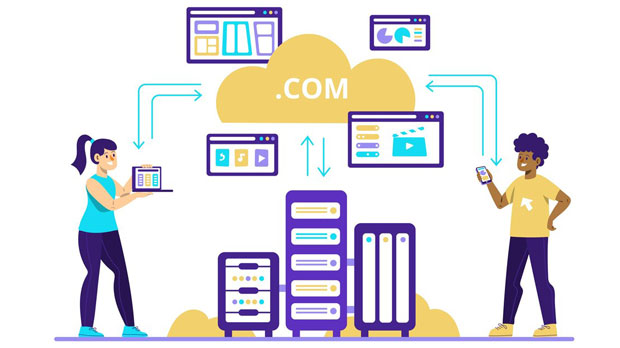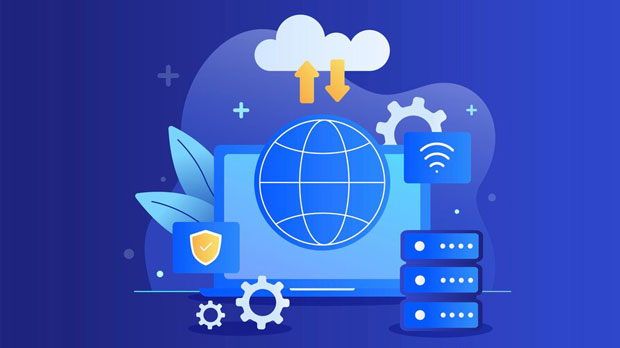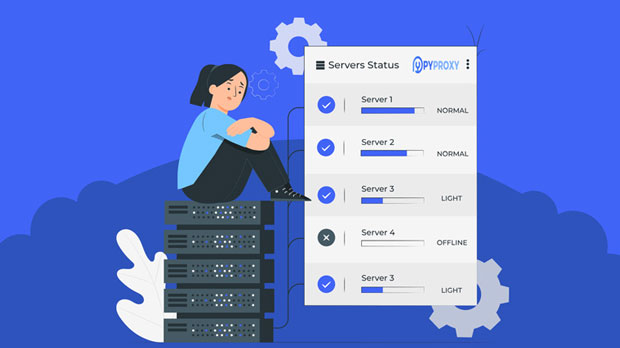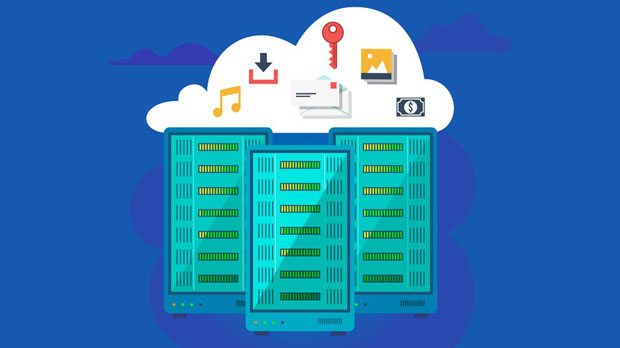In the digital age, privacy and security are critical, leading to an increasing reliance on proxy services. Among the different types of proxies, "extra proxy" has emerged as a specialized variant, designed to provide enhanced features beyond the capabilities of regular proxies. While both proxies aim to mask a user's identity and ensure online anonymity, extra proxies offer more advanced functionalities. What is a Proxy?A proxy is an intermediary server that sits between the user's device and the internet. It acts as a gateway, routing requests from the user to the destination website, thereby masking the user's real IP address. This process helps protect the user's privacy, allowing them to browse the internet anonymously. There are different types of proxies, each offering a unique set of benefits. Regular proxies typically offer basic functionalities, including IP masking, access to geo-restricted content, and a level of security against certain types of cyber threats.What is an Extra Proxy?An extra proxy is a more advanced version of the traditional proxy. It provides enhanced security, anonymity, and flexibility compared to regular proxies. These proxies are often used in high-demand environments where regular proxies might not meet the required standards. Extra proxies can have features such as rotating IPs, better encryption protocols, and the ability to bypass stricter geo-restrictions. They are typically used for more specific purposes, such as web scraping, managing large-scale ad campaigns, or conducting research across multiple regions without getting blocked or flagged.Key Differences Between Extra Proxies and Regular Proxies1. Enhanced SecurityOne of the major distinctions between extra proxies and regular proxies is the level of security they provide. Extra proxies typically come with more robust encryption protocols, ensuring that the data transmitted between the user and the internet is protected. This added layer of security makes extra proxies a preferred choice for businesses dealing with sensitive information or users who prioritize online privacy.Regular proxies, while still offering some security, generally lack the advanced encryption methods found in extra proxies. As a result, they might not be as effective in protecting users from cyber threats, such as data breaches, identity theft, or online surveillance.2. IP Rotation and AnonymityExtra proxies often provide features like IP rotation, which means that the user's IP address changes periodically to avoid detection and blocking. This is particularly useful for activities such as web scraping, where frequent access to the same website could result in IP bans. The ability to rotate IPs also helps maintain a higher level of anonymity, as websites cannot track the user's activities as easily.In contrast, regular proxies typically use a single static IP address, which can be easily detected and blocked by websites, especially if the same proxy is used repeatedly. This makes regular proxies less effective for tasks that require a high level of anonymity or that involve frequent access to multiple sites.3. Speed and PerformanceExtra proxies are optimized for high-speed connections and better overall performance. They are designed to handle more traffic without compromising speed or reliability. This makes them suitable for large-scale operations, such as running automated tasks or managing a significant amount of traffic at once. Extra proxies often come with dedicated bandwidth and servers to ensure consistent and fast service.Regular proxies, on the other hand, may not offer the same level of performance. They can be slower, especially if they are free or shared among multiple users. This could lead to slower response times and reduced efficiency for users who need fast and reliable connections.4. Bypassing Geo-RestrictionsExtra proxies excel in bypassing geo-restrictions and accessing content that may be blocked in certain regions. They are often used to access websites and services that have strict geo-blocking policies, such as streaming platforms, government websites, or online services that are only available in certain countries. Extra proxies can provide users with a wider range of IP addresses from different locations, making it easier to access content from around the world.While regular proxies can also bypass geo-restrictions to some extent, they may not be as effective when dealing with advanced blocking mechanisms. Many websites use sophisticated methods to detect and block proxy traffic, and regular proxies may not be able to avoid these barriers as effectively as extra proxies.5. Usage and PurposeExtra proxies are often used for specific and more demanding tasks, such as data scraping, large-scale marketing campaigns, or performing research that requires access to multiple websites in different locations. They are designed to handle complex tasks and provide more control over the process.Regular proxies are suitable for general use, such as masking the IP address while browsing the web, accessing restricted content, or bypassing basic geo-blocks. They are often used by individuals who want to maintain privacy while using the internet but may not require the advanced features that extra proxies provide.Benefits of Using Extra Proxies1. Increased Privacy and AnonymityBy using extra proxies, users can significantly increase their level of privacy and anonymity online. With enhanced encryption, IP rotation, and the ability to bypass geo-restrictions, users can browse the internet without worrying about their activities being tracked or blocked.2. Access to Restricted ContentExtra proxies are ideal for users who need to access content that is restricted by geographic location. Whether it's for streaming, research, or other purposes, extra proxies can help users bypass these restrictions with ease.3. Improved Performance for Large-Scale OperationsFor businesses and individuals involved in high-demand activities, such as web scraping or running automated tasks, extra proxies provide the speed and reliability needed to perform these operations efficiently without the risk of IP bans or service interruptions.When Should You Use an Extra Proxy?Extra proxies are ideal for specific scenarios that require advanced features, such as data scraping, market research, or managing multiple accounts on various platforms. They are also useful for users who need to maintain high levels of privacy and security while accessing restricted content or performing sensitive operations online. If your online activities involve heavy traffic, frequent use of multiple IP addresses, or accessing content from different regions, an extra proxy may be the right choice for you.ConclusionIn summary, extra proxies provide enhanced security, better anonymity, and improved performance compared to regular proxies. They are designed to meet the needs of users and businesses engaged in more demanding online activities, offering features like IP rotation, advanced encryption, and the ability to bypass stricter geo-restrictions. While regular proxies are suitable for basic online privacy needs, extra proxies offer a higher level of control, security, and functionality for more complex tasks. Understanding the key differences between these proxies will help users make an informed decision based on their specific requirements.
Jun 25, 2025



































































